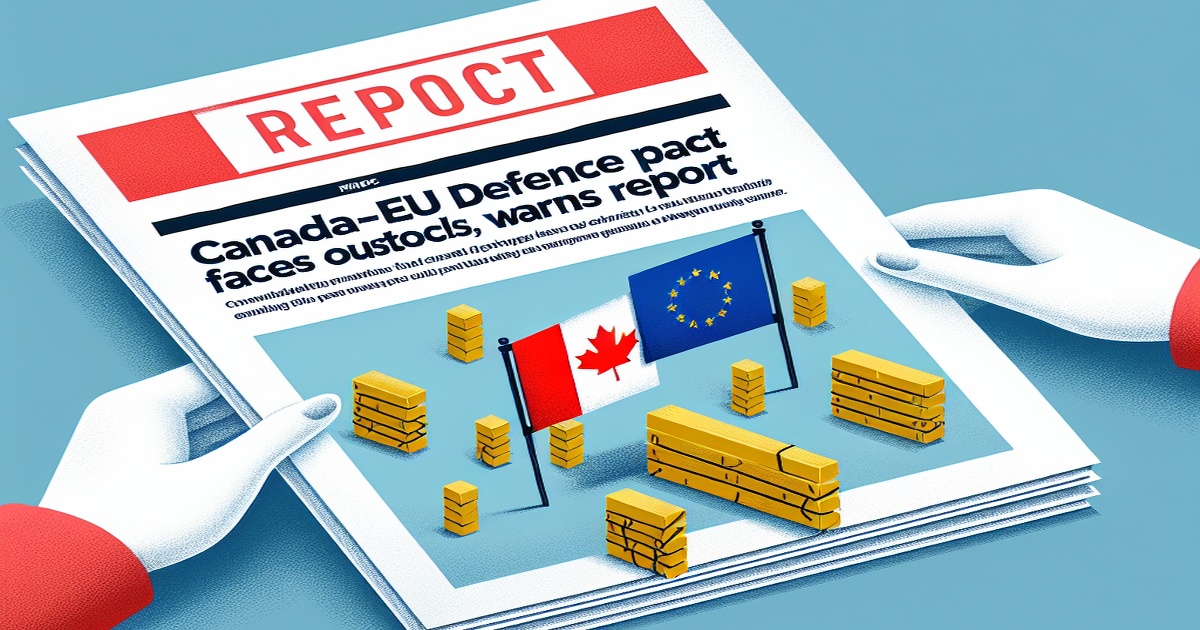A security and defence pact signed by Prime Minister Mark Carney with the European Union faces significant challenges that could hinder its progress. Former government officials have expressed concerns about the potential for slow or limited benefits for Canada. The agreement, intended to reduce reliance on U.S. military contractors and boost Canada's defence industry, aims to align Canada with the EU's efforts to re-arm in response to Russia.
A risk analysis report, scheduled for release, cautions against expecting substantial gains from the pact. The report highlights potential political and financial obstacles, including possible repercussions from Washington if Canada shifts away from U.S. defence suppliers. It also points to difficulties in increasing military spending.
The report's authors include individuals with extensive experience in government, such as former national security and intelligence advisors, retired military officials, and former trade ministers. The EU defence pact represents a major shift in Canada's approach to national security and economic growth, given its historical reliance on the United States for defence needs and equipment.
The pact was prompted by U.S. protectionist tariffs and discussions of annexing Canada, leading Mr. Carney to seek more reliable partners in the EU, where defence spending is projected to increase significantly. The new agreement aims to provide Canadian defence companies with access to EU contracts and opportunities to supply resources like critical minerals.
The report's authors, part of an expert group focused on Canada-U.S. relations, are supportive of the new relationship with the EU. Both Canada and the 23 EU member countries in NATO have committed to raising defence spending to a new target by 2035.
The report identifies several risks, including potential U.S. retaliation if Canada redirects defence investment away from U.S. suppliers. Restrictions on the transfer of U.S. military technology could also limit Canadian firms from selling products to EU suppliers. Additionally, the report highlights that Canadian provincial governments may struggle to provide critical minerals for EU supply chains.
Many EU member states may struggle to meet the new NATO spending target, which could require significant cuts to other public spending or tax increases. Internal divisions among NATO allies, such as Spain's decision to opt out of the target, have already emerged.
The Canadian government's history of delayed and over-budget military procurements, coupled with fiscal constraints, will pose significant challenges in meeting the new NATO spending targets. The report warns that political resistance, bureaucratic inertia, and public ambivalence about defence spending in Canada will hinder efforts to increase military spending.







5 Comments
The Truth
Finally, Canada is stepping up to align with our European partners, showing global leadership.
Answer
It’s about time Canada seeks diverse partnerships; the EU could provide much-needed support.
The Truth
This move could strengthen NATO's presence; Canada needs to be proactive, not reactive.
Answer
We need to focus on strengthening ties with the U.S., not creating divisive pacts with the EU.
The Truth
Why should Canada divert resources to the EU when we have our own military needs to address?